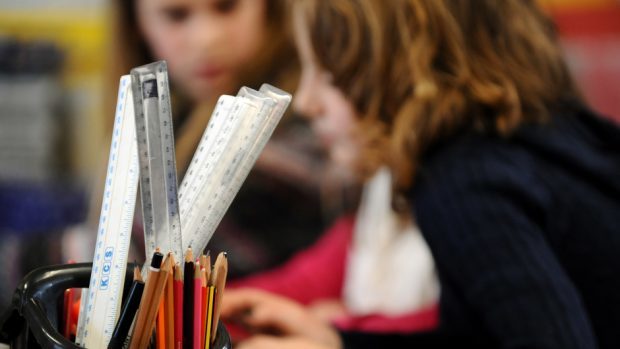When schools shut, the consequences spread far and wide. Much has been said about the effect on the economy and the risk of schoolchildren spreading coronavirus, but there is another problem.
More than 2,000 children in Scotland are on the child protection register, meaning that they are in a situation where they are at risk of harm. Most commonly, the risk will come from their parents.
Some of these children will be facing physical or sexual violence – or both. But the most common form of abuse is neglect.
They are living with drug addicts and alcoholics, in filthy conditions with nothing to play with and regular periods alone or with strangers. They will not know whether they will get the next meal and receive little love or attention. They may not even have a bed to sleep in.
The world these children occupy is hidden from view but believe me it very much exists. For children facing abuse and neglect, school is often their only respite. For the last 100 days, these children have not had access to the familiar, reassuring faces of teachers and friends.
The intention was that these vulnerable individuals were placed in childcare “hubs” but last month the children and young people’s commissioner for Scotland publicly warned that uptake was “very, very low”.
Only around 500 children attended hubs during the last week of term before Easter, including children with additional support needs who were also eligible for places. The commissioner estimated that only 0.5% of all vulnerable children were attending. While we argue about how schools should open and even whether they should open, the situation for these children gets more and more desperate. We have just seen the delayed tsunami of job losses as a result of the lockdown. There is no doubt in my mind that there will also be a delayed wave of abuse and neglect, especially once social work services get back to normal and are better able to detect it.
In addition, there are around 15,000 children in care and thousands more who have been adopted who cannot cope well with change. For them, change has generally involved being removed from birth parents or being moved from foster placement to foster placement (sometimes dozens of times). Like me, many foster and adoptive parents cannot even tell their children where they are going on holiday because they cannot handle the excitement.
When we took our adopted children to Egypt last year, we had to buy snorkels and beachwear in secret and hide everything in the wardrobe so that our children could focus on reaching the end of the autumn term without their behaviour spiralling out of control. I know other parents who have to tell their adopted and foster children every single present they are getting for Christmas. It’s an unusual arrangement but it helps them deal with the frightening uncertainty of Christmas Day.
If children are so traumatised that they cannot cope with Christmas Day or a foreign holiday, imagine how these children are feeling about the sudden end to a normal part of daily life. Online learning is simply no replacement. My two sons have received just three face-to-face virtual lessons between them in three months. They were stuck at home with me and a long list of homework. A recent survey by Adoption UK, where I serve as a trustee, found half of all adopted children were suffering emotional stress and anxiety and for many parents this was being expressed in violence and aggression towards them.
More than 1,500 child health experts at the Royal College of Paediatrics and Child Health have already warned of the devastating effect of school closures, pointing out that it is a vital point of contact for public health services and safeguarding. Meanwhile the scientific data is clear: countries which have reopened schools have not seen a corresponding rise in coronavirus cases in children, parents or staff.
It is time to get the children back to school and properly back, not just part-time. I wrote in a previous column at the start of the outbreak about risk.
Every action has a risk. There is a risk when children return to school but other risks are greater: increased levels of child abuse, increased family breakdown, poorer outcomes for children who are already behind, increased unemployment and the wide variety of misery that this brings – homelessness, poor health and suicide.
These children do not have the voice of the middle-class worried well. It’s time to listen to the doctors, charities and carers who speak for them and get them back into the safety of their classrooms.
Eleanor Bradford is a former BBC Scotland health correspondent who now works in communications in the education sector

